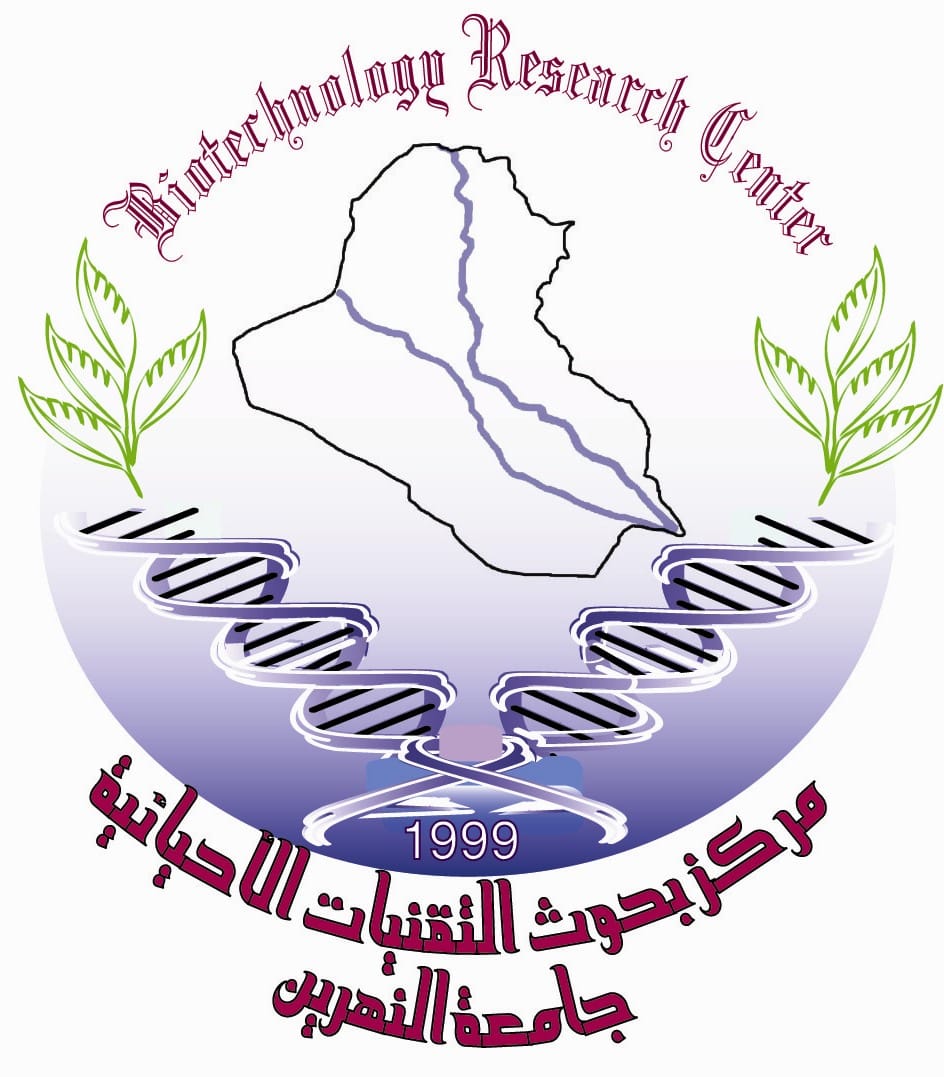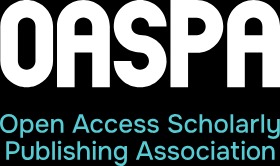The Role of Plasmids in Pathogenicity of Locally Isolated Plesiomonas shigelloides
DOI:
https://doi.org/10.24126/jobrc.2011.5.2.163Abstract
one hundred and twenty diarrhea samples were collected from different hospitals in Baghdad, four isolates 3.3% (P1, P2, P3, P4) were obtained and identified as Plesiomonas shigelloides from these samples. Four isolates were also obtained and identified as the same bacteria from the environmental samples, two isolates 10% from twenty water samples (termed W1, W2) and two isolates 10% from twenty fish samples (termed F1, F2). Investigation of antibiotic susceptibility was done for all isolates. Some of the virulence factors were determined in this bacterium, like its ability to produce some enzymes. Ability of bacterial isolates to adhesion on epithelial cells was studied as one of important virulence factors; it was found that all isolates have the ability to adhesion on living and non-living surfaces. The plasmid profile for all isolates was studied, and the results showed that the plasmid profile was similar for all isolates. All isolates contained two small plasmid DNA bands approximately in the same sizes. The role of plasmids in pathogenicity of P. shigelloides P1 were studied, throughout cure this isolate using SDS. These results indicated that the trait of β-lactamas, haemolysin and proteinase production in addition to resistance trait for tetracycline and streptomycin were plasmids born. While the lipase and lecithinase production trait were chromosomal born in Plesiomonas shigelloides P1.
Downloads
Published
How to Cite
Issue
Section
License
This is an Open Access article distributed under the terms of the creative commons Attribution (CC BY) 4.0 license which permits unrestricted use, distribution, and reproduction in any medium or format, and to alter, transform, or build upon the material, including for commercial use, providing the original author is credited.











